Dr. Adrienne Brown, Festival Founder and Artistic Director of the Wicklow Screendance Laboratory, introduces this year's event, which streams online from 29th March - 3rd April.
Art, like technology, is always evolving. In the case of screendance, the art is evolving with the technology. I had been a dance artist for decades before making my first dance film as part of the 1916 commemorations - I See His Blood was based on the tragic story of Grace Gifford and Joseph Mary Plunkett and it awakened me to the possibilities that working on screen offered to the art I love.
In 2017, Wicklow Screendance Laboratory was born. With training workshops, screenings and live performance, it aims to support a new generation of dance artists to develop the skills they need to work on film, and provide a platform to showcase and discuss the work they produce.
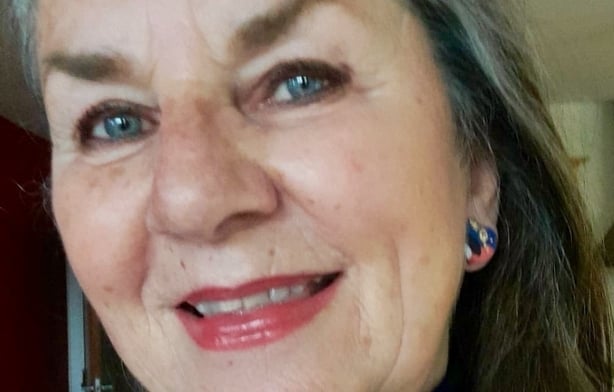
Our resident screendance trainers Marisa Hayes, Franck Boulègue and Blas Payri return for a week-long series of workshops to help dancers - and anyone interested in capturing movement on camera - to merge choreography with cinematography and to make the most of music. The training will be world class but you won't need anything more complicated than your mobile phone.
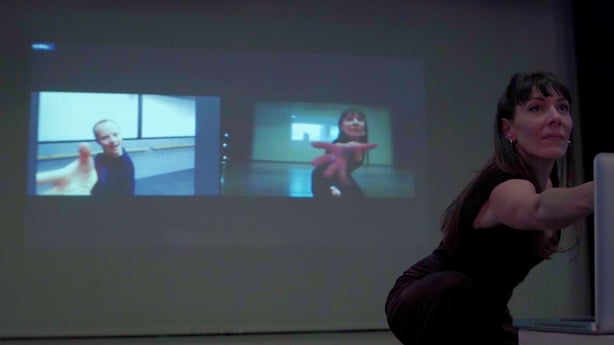
Of course in 2020, working on screen wasn’t just a new way of working - it was the only way of working and dance artists found some ingenious ways of using technology to make beautiful work. Artist in residence at Draíocht Blanchardstown, Jess Rowell collaborated with dancer Brian McSweeney and film artist Conor Donelan (who was among the first participants at WSL screendance workshops in 2017) to create Between Us There Is… - a geographically-distanced and moving duet that uses Zoom to bring together two dancers who had to remain apart.
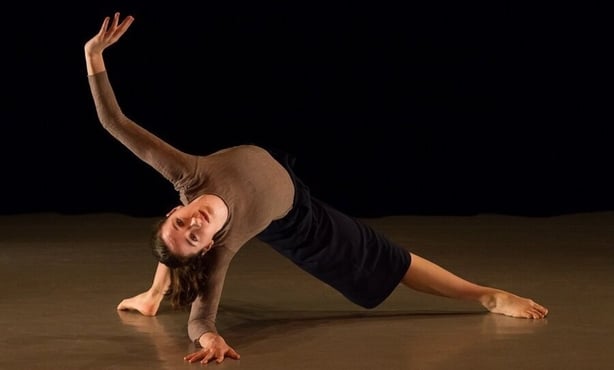
Róisín Whelan has more meditations on the theme of lockdown as part of Thursday’s Choreographers Move To Screen. Momentary reflects on how much we have changed as the world has changed and was choreographed while the New Adventures dancer was confined to her native Carlow (where it was also filmed by Joshua Scott), and her live improvisation to Mary Elizabeth Frye’s poem, Do Not Stand At My Grave And Weep is a tribute to those we have lost in the past year.
We need your consent to load this Vimeo contentWe use Vimeo to manage extra content that can set cookies on your device and collect data about your activity. Please review their details and accept them to load the content.Manage Preferences
Galway dancer Stephanie Dufresne also harnesses the power of poetry and its synergy with dance in articulating the things we can’t quite say - her stunning collaboration with poet Dani Gill and videographer Laura Sheeran, After Love, is a visceral portrait of heartbreak that oozes the honesty and immediacy she loves about working with film.
The pioneering work and technique of Martha Graham has been a big part of my life as a dance artist - as a modernist choreographer Graham wasn’t just evolutionary, she was revolutionary. We’ll be analysing her contribution to dance - with discussions and screenings of her own work and work she inspired as part of the festival symposium - and to dancers, with live workshops in Graham technique and repertoire from former company members, Rafael Molina and Jean Baptiste Ferreira. Graham technique is a powerful tool that every dancer should explore at least once - for its myriad physical benefits but also for its dramatic heart that links motion and emotion.
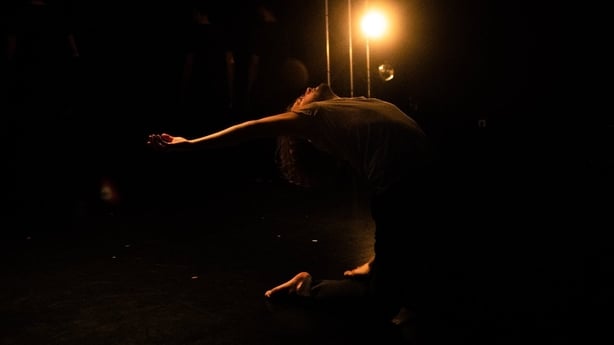
You need to be a dancer to take the Graham class but not to join in on the MANTRA workshop. Developed by dancer and neuroscientist Bianca Paige Smith, the movement practice will help you make friends with your mind and experience the world around you more positively - and who doesn’t need a bit of that right now? All you’ll need is a space the size of a yoga mat.
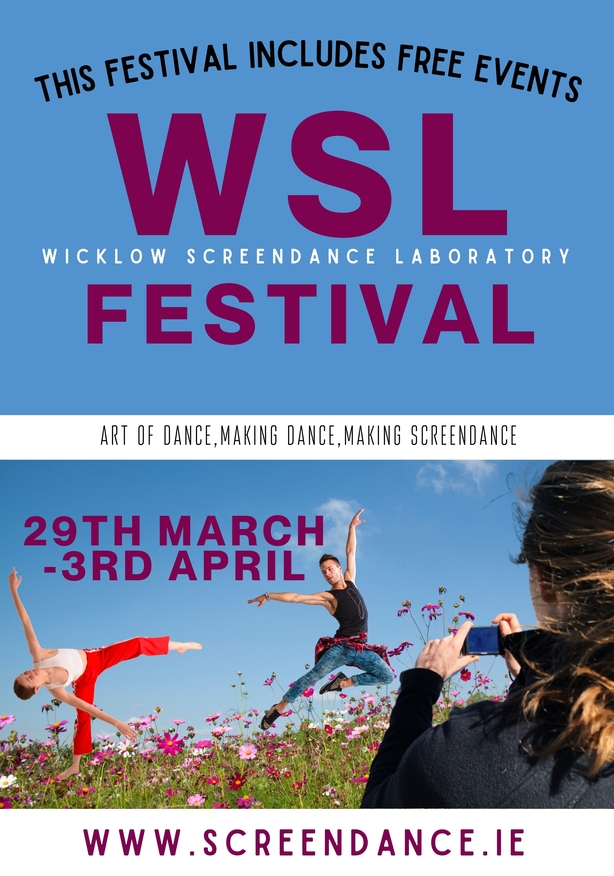
The Wicklow Screendance Laboratory streams online from 29th March - 3rd April - find out more here.

